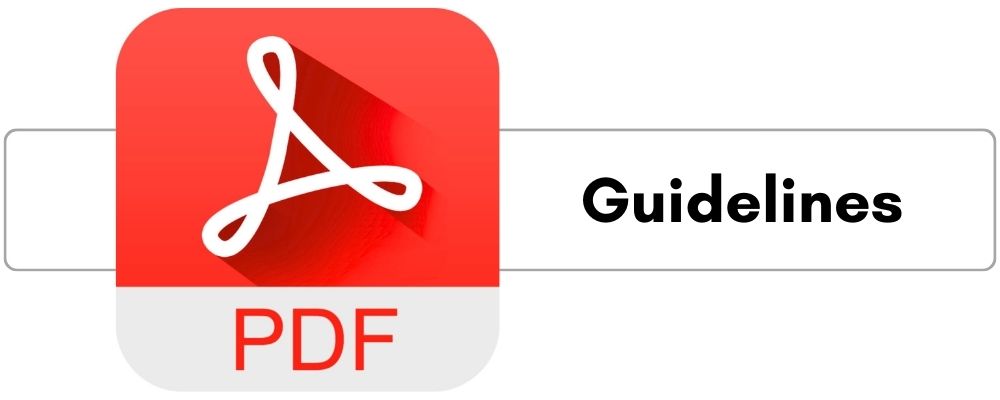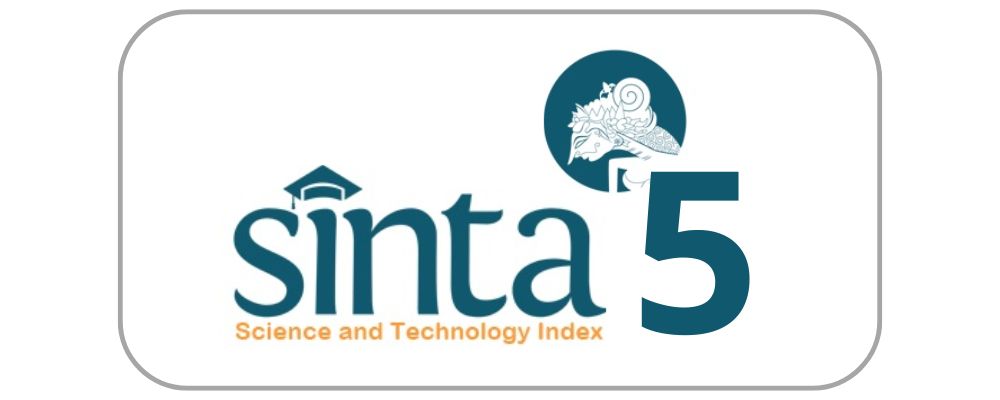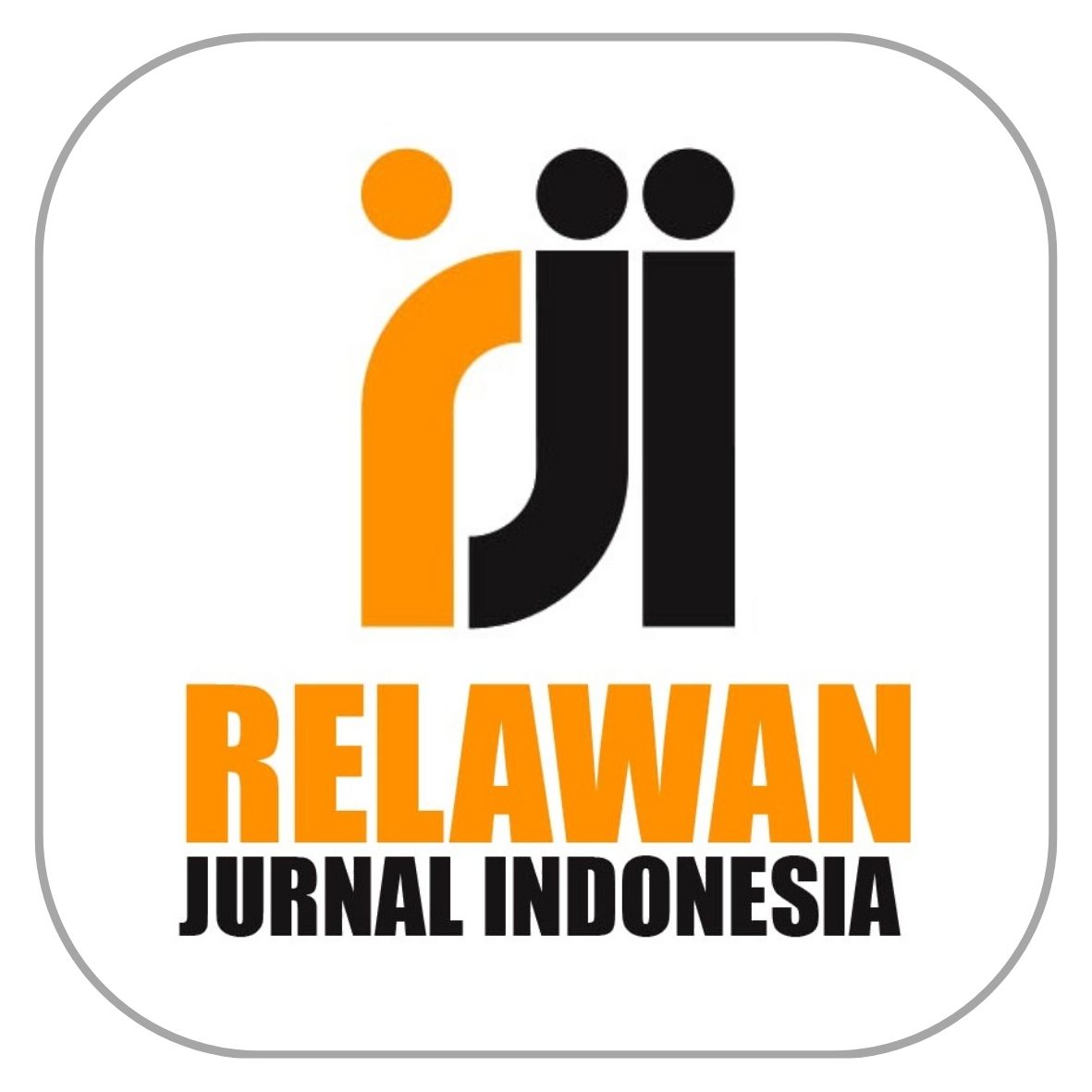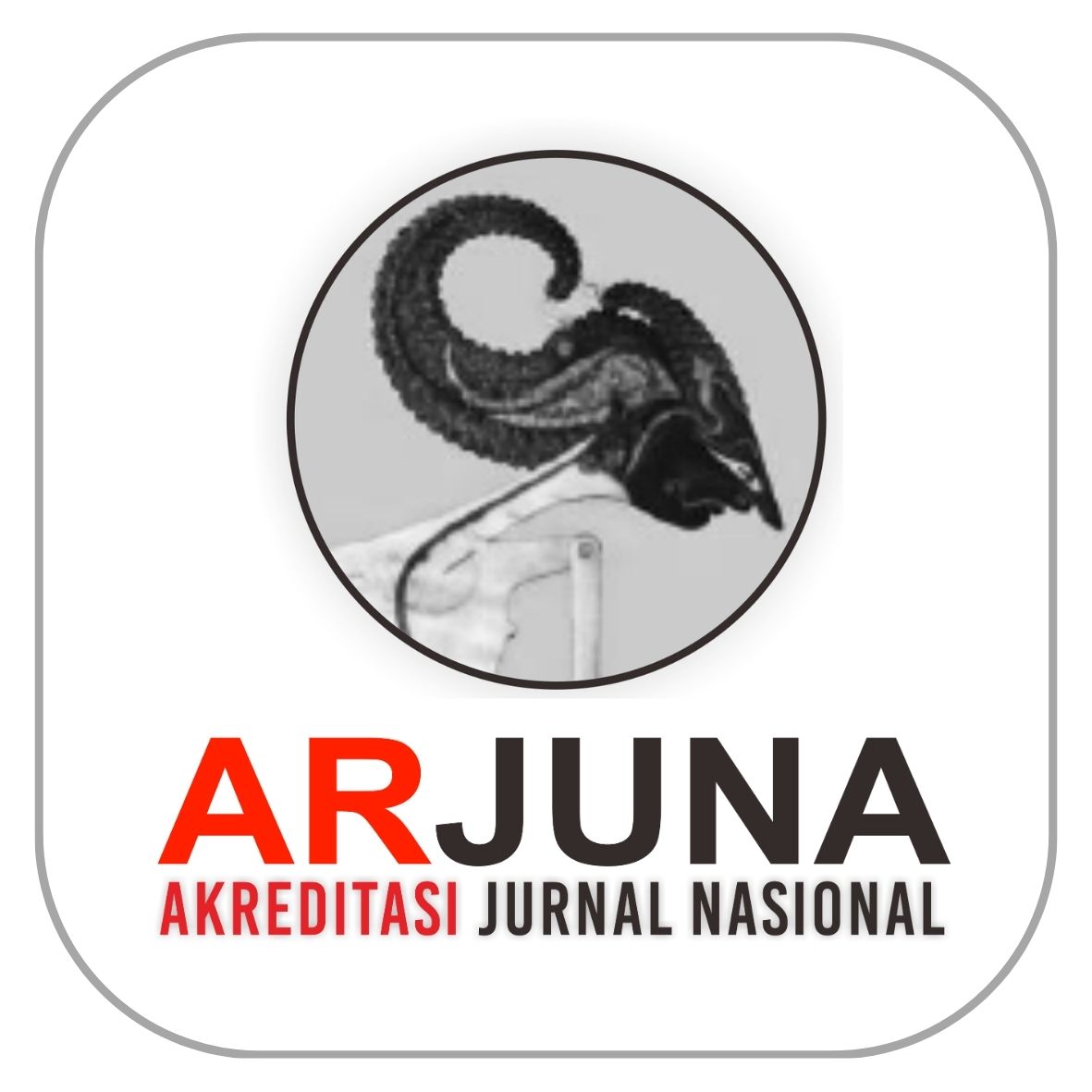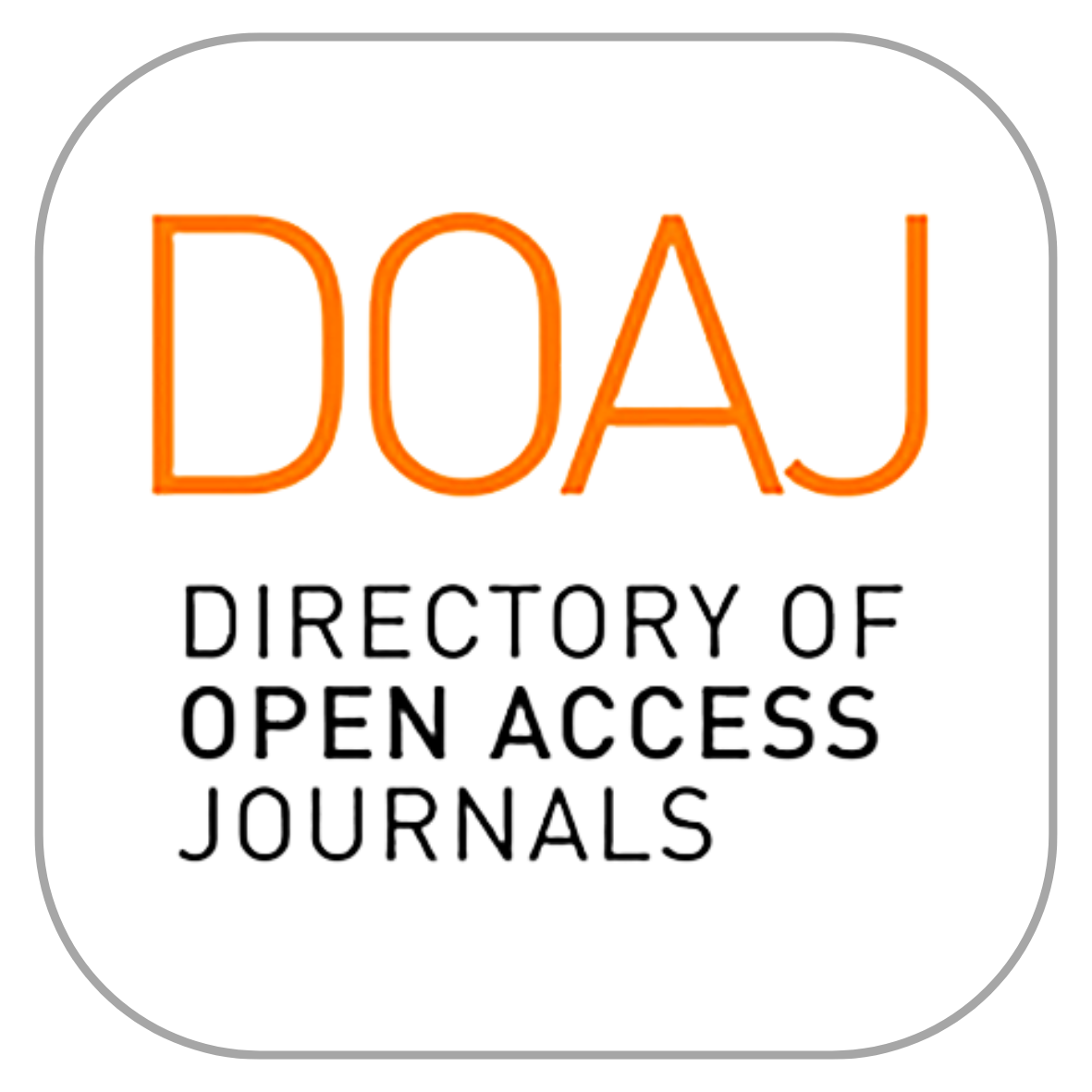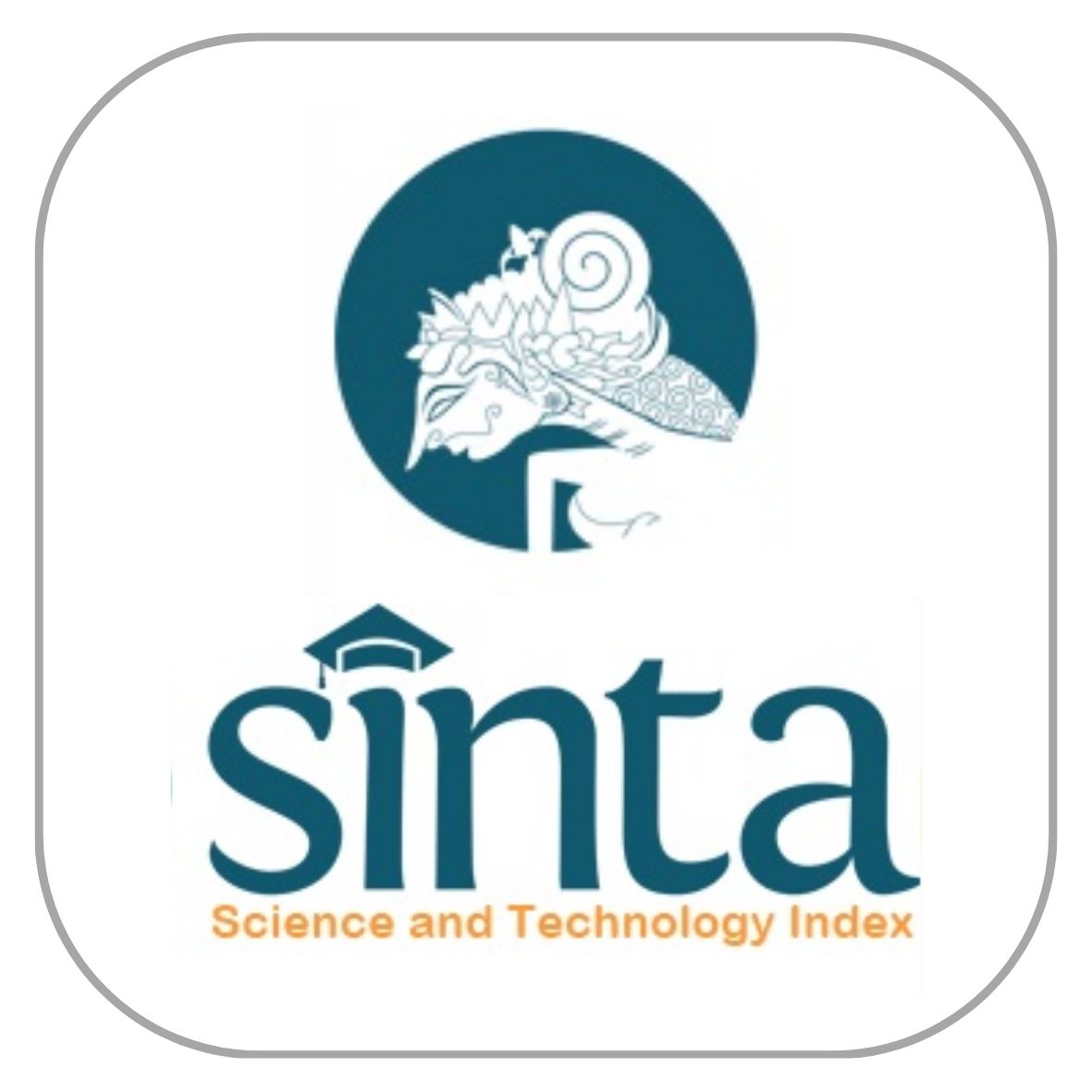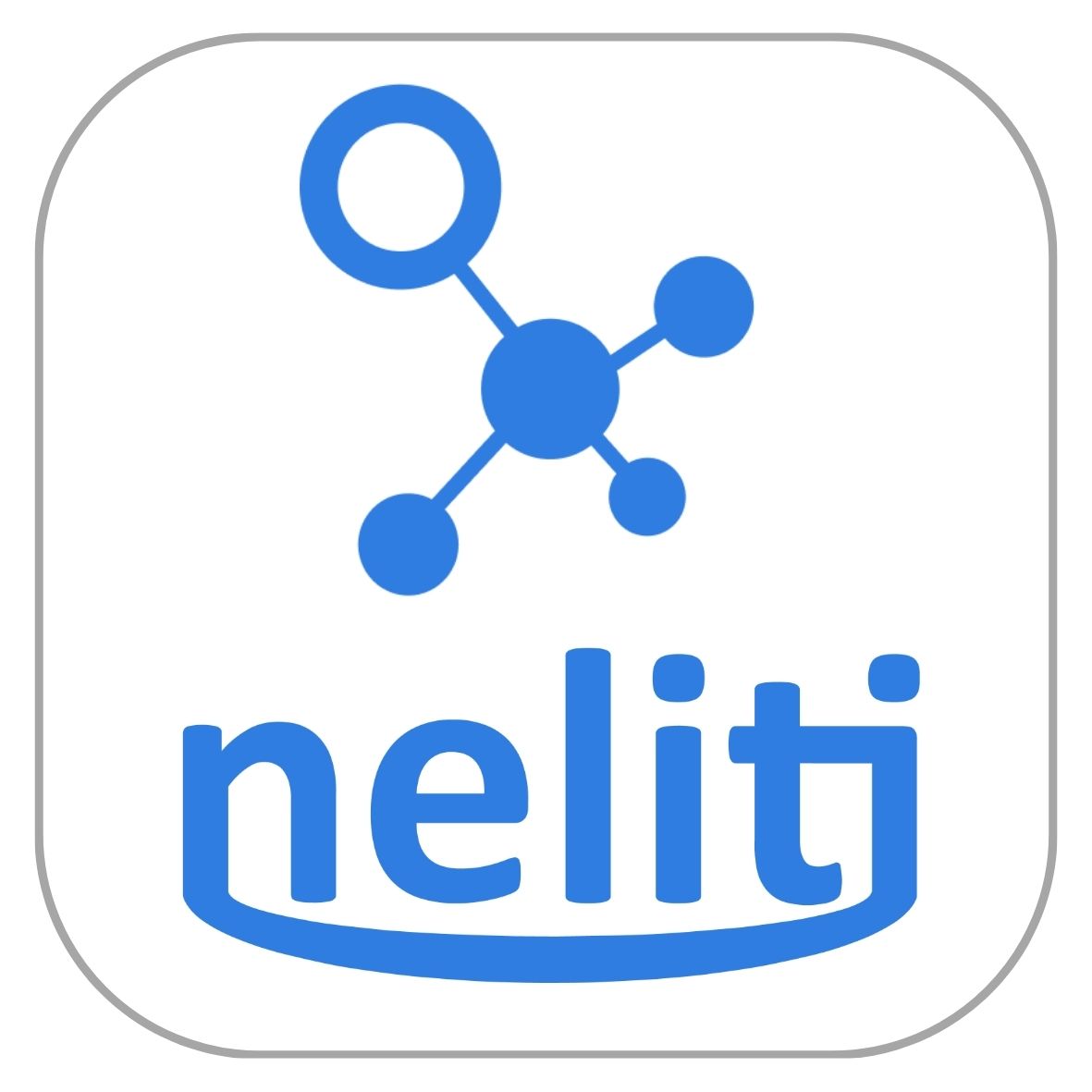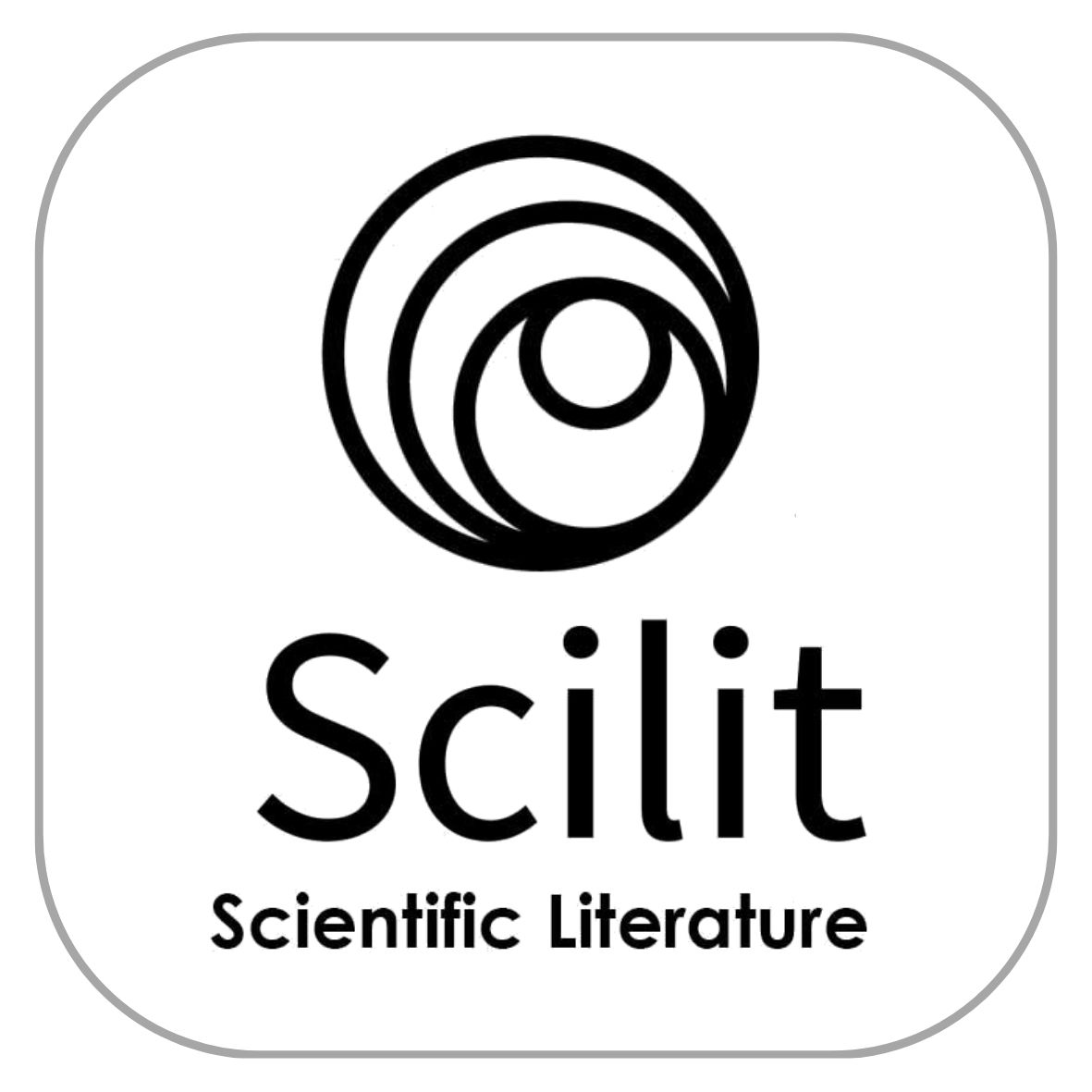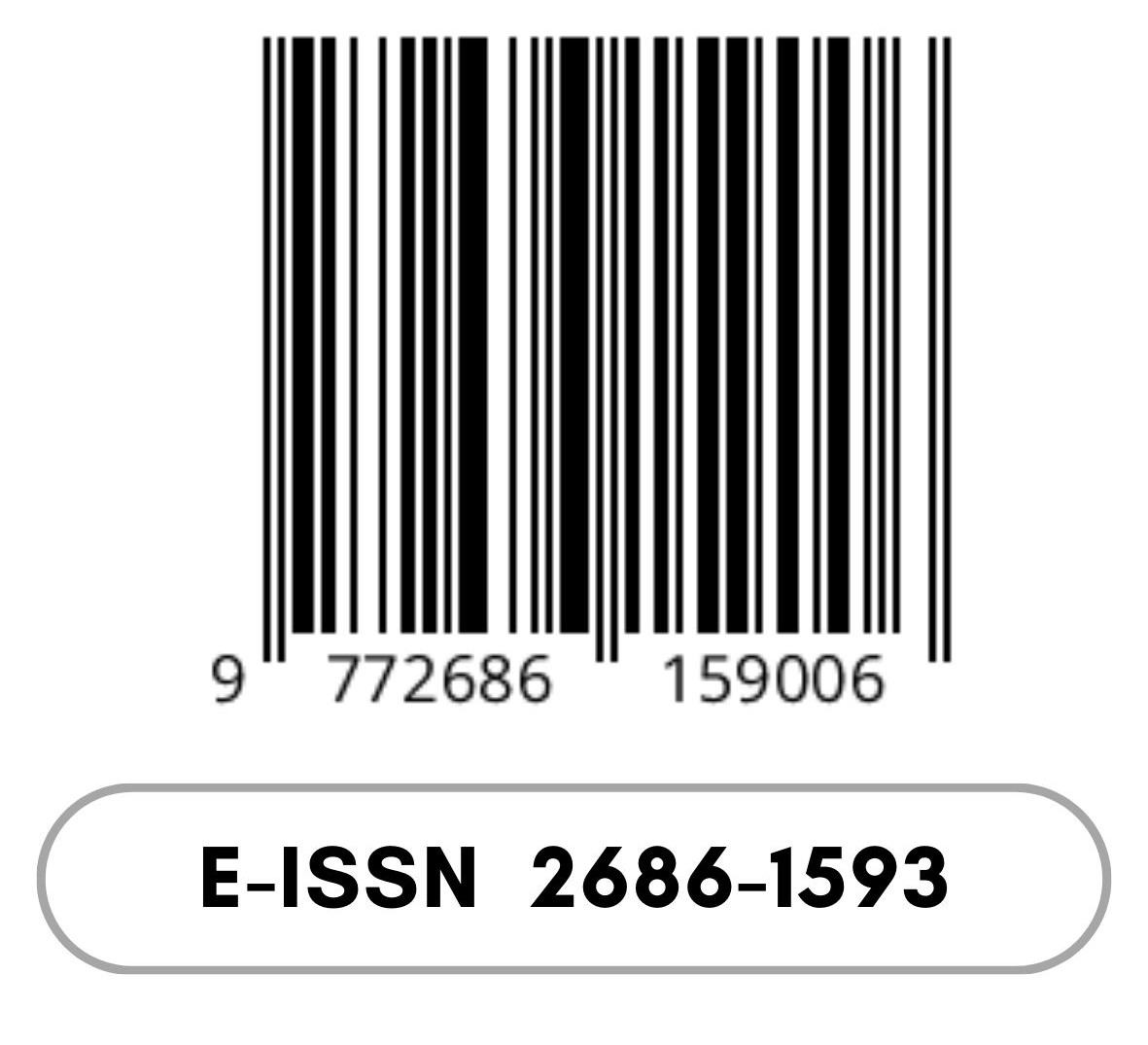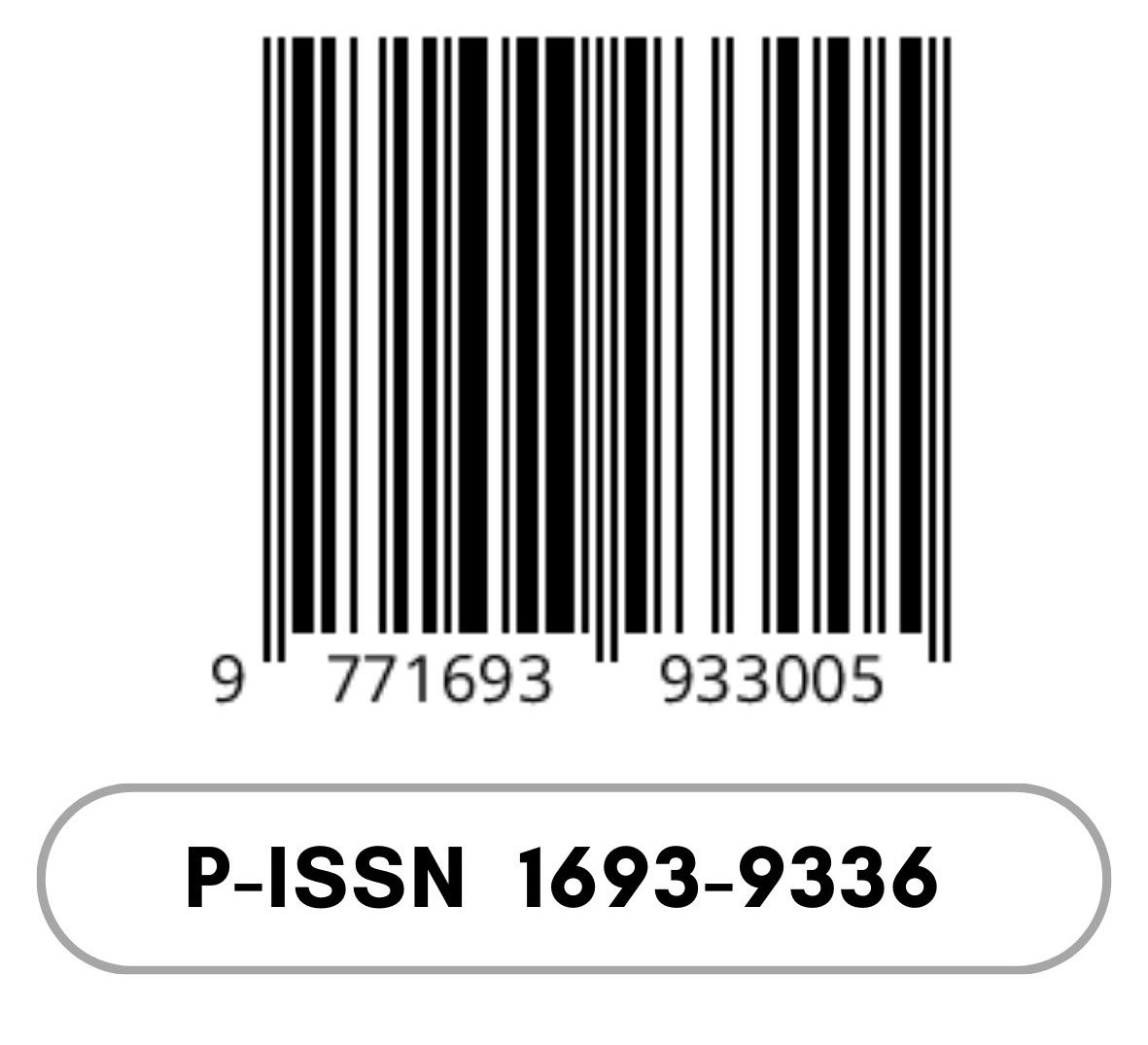Artificial Intelligence-Based Deepfake Crimes: A Conception of Culpability Principle as a Criminal Liability Reform
DOI:
https://doi.org/10.46257/jrh.v29i2.1304Keywords:
Artificial Intelligence, Criminal Liability, Culpability, Deepfake, Legal SubjectAbstract
The phenomenon of deepfake crimes based on artificial intelligence (AI) demands a reform of criminal liability concepts through the expansion of the culpability principle, allowing the placement of AI as a subject of law. However, the idea of recognizing AI as an independent legal entity (electronic personhood) is considered irrelevant, since AI lacks human-like will and moral autonomy. Therefore, this study proposes a model of criminal liability that extends the culpability principle to providers and users of deepfake technology. Using a normative legal research method based on primary and secondary legal materials, this study comprehensively examines the application of the culpability principle through a comparative approach among various jurisdictions. The findings indicate that the most proportional form of liability is the vicarious liability model, which was initially applied to corporations but can be adapted to the AI context. In this model, software providers may be held liable for acts committed by AI in deepfake crimes, particularly as part of their responsibility toward technology governance regulations. The study recommends establishing national regulations emphasizing governance systems based on risk assessment, risk management, and impact assessment, as practiced in the European Union, Canada, and the United States. In conclusion, reforming criminal liability in the AI era is a strategic step to address the growing prevalence of deepfake crimes and to ensure that the legal system remains adaptive to technological developments.
Downloads
References
Sarwindaningrum, I. (2025). Tertipu Pacar AI, Rp 450 Juta Lenya. Kompas. Retrieved from https://www.kompas.id/artikel/tertipu-pacar-ai-rp-4583-juta-lenyap
OCBC. (2025). Bahaya Deepfake: Penipuan Wajah Palsu AI dan Cara Mencegahnya. OCBC. Retrieved from https://www.ocbc.id/id/article/2025/05/15/penipuan-wajah-palsu-ai-dan-cara-mencegahnya
Tim Detik.Com. (2025). Babak Baru Perkara Deepfake Catut Prabowo. Detik.com. Retrieved from https://news.detik.com/berita/d-7884867/babak-baru-perkara-deepfake-catut-prabowo
Ridwan. (2021). Kebijakan tentang Ujaran Kebencian Menurut Hukum Pidana Indonesia. Riau: Perpustakaan Universitas Islam Riau. Retrieved from https://repository.uir.ac.id/id/eprint/13502
Hao Li, et al. (2023). The State of Deepfake Detection: Challenges and Opportunities. IEEE Transactions on Pattern Analysis and Machine Intelligence, 45(2), 345–359. Retrieved from https://doi.org/10.1109/TPAMI.2022.3152211
Solove, D. J. (2001). Privacy and Power: Computer Databases and Metaphors for Information Privacy. Stanford Law Review, 53(6), 1393. https://doi.org/10.2307/1229546
Novyanti, H. & Astuti, P. (2022). Jerat Hukum Penyalahgunaan Aplikasi Deepfake Ditinjau Dari Hukum Pidana. Novum : Jurnal Hukum, 9(4), 6. https://doi.org/10.2674/novum.v0i0.43571
Haida, R. S. N., & Nuriyatman, E. (2024). Urgensi Pengaturan Perlindungan Hukum Terhadap Korban Deepfake Melalui Artficial Inteligence (AI) Dari Perspektif Hukum Pidana Indonesia. Jurnal Hukum Respublica, 1–12. Retrieved from https://journal.unilak.ac.id/index.php/Respublica
Berlian, C. (2025). Pertanggungjawaban Pidana Pelaku Kejahatan Siber Menggunakan Artificial Intelligence. Universitas Jambi. Retrieved from https://repository.unja.ac.id/82076/5/FULL DISERTASI CHENY.pdf
Istiqomah, I., Dinanty, M. S. P., & Saputri, S. R. A. (2025). Kedudukan Hukum Deepfake AI sebagai Subjek Hukum dan Pertanggungjawaban Pidananya Berdasarkan Teori Dualistis. Deposisi: Jurnal Publikasi Ilmu Hukum, 3(2), 59–74. https://doi.org/10.59581/deposisi.v3i2.5065
Instructions, C. J., Joseph, C. C., & Lamonica, P. R. (2025). 17 La. Civ. L. Treatise, Criminal Jury Instructions § 10:135.60 (3d ed.), 60 (November), 1–3. Retrieved from https://1.next.westlaw.com/
Fosberg, A. (2020). From Siri To Sci-Fi Are Lethal Robots People Too. Penn State Law Review, 3. Retrieved from https://1.next.westlaw.com/
Klinkner, B. A. (2025). What Attorneys Should Know About Deepfakes, 2023–2025. Retrieved from https://1.next.westlaw.com/
Maryoto., A (2025). Enam Kejahatan dengan Menggunakan AI Marak di Sekitar Kita. Kompas. Retrieved from https://www.kompas.id/artikel/enam-kejahatan-dengan-menggunakan-ai-marak-di-sekitar-kita
Rachmadie, D. T., & Supanto. (2020). Regulasi Penyimpangan Artificial Intelligence Pada Tindak Pidana Malware Berdasarkan Undang-Udang Republik Indonesia Nomor 19 Tahun 2016. Recidive : Jurnal Hukum Pidana dan Penanggulangan Kejahatan, 9(2), 128. https://doi.org/10.20961/recidive.v9i2.47400
Ovadya, A., & Whittlestone, J. (2019). Reducing malicious use of synthetic media research: Considerations and potential release practices for machine learning, 1–11. Retrieved from http://arxiv.org/abs/1907.11274
Milano, A., Suharti, T., & Serfiyani, C. Y. (2024). Online Legal protection against defamation through deepfake in negatively charged political content. International Journal of Law, Policy and Social Review, 6(3), 282–285. Retrieved from www.lawjournals.net
Novera, O., & Z., Y. F. (2024). Analisis Pengaturan Hukum Pidana terhadap Penyalahgunaan Teknologi Manipulasi Gambar (Deepfake) dalam Penyebaran Konten Pornografi Melalui Akun Media Sosial. El-Faqih: Jurnal Pemikiran dan Hukum Islam, 10(2), 460. Retrieved from https://ejournal.iaifa.ac.id/index.php/faqih
Rohmawati, I., Junaidi, A., & Khaerudin, A. (2024). Urgensi Regulasi Penyalahgunaan Deepfake Sebagai Perlindungan Hukum Korban Kekerasan Berbasis Gender Online ( KBGO ). Journal Of Social Science Research, 4(6), 1779–1794. https://doi.org/10.31004/innovative.v4i6.16559
Putri, N. A., & Apriyani, M. N. (2025). Pertanggungjawaban Pidana Pelaku Kekerasan Seksual Berbasis Elektronik Artificial Intelegence (Deep Fake Porn). Wajah Hukum, 9(1), 352. https://doi.org/10.33087/wjh.v9i1.1725
Commite on Legal Affairs. (2017). Report with Recommendations to the Comission on Civil Law Rules on Robotics (2015/2103(INL)). European Parliament. Retrieved from https://www.europarl.europa.eu/doceo/document/A-8-2017-0005_EN.html
Nevejans, N. (2017). European Civil Law Rules in Robotics. Directorate-General for Internal Policies: Policy Department C: Citizens’ Rights and Constitutional Affairs, 19–26. Retrieved from http://www.europarl.europa.eu/RegData/etudes/STUD/2016/571379/IPOL_STU(2016)571379_EN.pdf
Gless, S., Silverman, E., and Weigend. T. (2016). If Robots Cause Harm , Who Is To Blame ? Self-Driving Cars And Criminal Liability New Criminal Law Review: An International and Interdisciplinary Journal,
(3), 416. Retrieved from https://www.jstor.org/stable/pdf/26417695.pdf?refreqid=fastly-default%3Ac2c97f67856789f60b3ad1904c584993&ab_segments=0%2Fspellcheck_basic_search%2Fcontrol&initiator=&acceptTC=1
Solum, L. B. (1992). Legal Personhood for Artificial Intelligences. North Carolina Law Review, 70(4), 1239. Retrieved from https://scispace.com/pdf/legal-personhood-for-artificial-intelligences-miggjk8k4s.pdf
Teubner, G. (2007). Elektronische Agenten und grosse Menschenaffen: Zur Ausweitung des Akteursstatus in Recht und Politik. Interdisziplinäre Wege in der juristischen Grundlagenforschung. Retrieved from https://www.jura.uni-frankfurt.de/42828694/Generic_42828694.pdf
Gierke, O. (1922). Political Theories of The Middle Age. Cambridge: Cambridge at The University Press. Retrieved from https://historyofeconomicthought.mcmaster.ca/gierke/MedPolTheo.pdf
Ali, M. (2011). Dasar-Dasar Hukum Pidana (Pertama.). Jakarta Timur: Sinar Grafika.
Sofian, A. (2025). Konsepsi Subjek Hukum dan Pertanggungjawaban Pidana Artificial Intellegence The Concept of Legal Subjects and Criminal Responsibility of Artificial Intelligence, 9(1), 13–26. https://doi.org/10.1177/1741659020917434.Doowon
Ravizki, E. N., & Yudhantaka, L. (2022). Artificial Intelligence Sebagai Subjek Hukum: Tinjauan Konseptual dan Tantangan Pengaturan di Indonesia. Notaire, 5(3), 351–376. https://doi.org/10.20473/ntr.v5i3.39063
Badan Pengembangan dan Pembinaan Bahasa. (2016). Kamus Besar Bahasa Indonesia. Kementerian Pendidikan dan Kebudayaan Republik Indonesia.
Suud, A. K. (2023). Analisis Penerapan Konsep Pertanggungjawaban Mutlak (Strict Liability) Dalam Kasus Korupsi. Masalah-Masalah Hukum, 52(2), 154–155. https://doi.org/10.14710/mmh.52.2.2023.153-162
Kaluase, J. (2021). Kajian Yuridis Alasan Penghapus Pidana Karena Perintah Jabatan (Ambtelijk Bevel) Menurut Pasal 51 Ayat (1) Kitab Undang Undang Hukum Pidana. Lex Crimen, 10(12), 45. Retrieved from https://ejournal.unsrat.ac.id/v3/index.php/lexcrimen/article/view/38534
Bhatnagar, S., Cotton, T., Brundage, M., Avin, S., Clark, J., Toner, H., … Amodei, D. (2018). The Malicious Use of Artificial Intelligence: Forecasting, Prevention, and Mitigation Authors are listed in order of contribution Design Direction. arXiv preprint arXiv:1802.07228, (February 2018), 101. Retrieved from https://img1.wsimg.com/blobby/go/3d82daa4-97fe-4096-9c6b-376b92c619de/downloads/1c6q2kc4v_50335.pdf
Raji, I. D., Smart, A., White, R. N., Mitchell, M., Gebru, T., Hutchinson, B., … Barnes, P. (2020). Closing the AI accountability gap: Defining an end-to-end framework for internal algorithmic auditing. FAT* 2020 - Proceedings of the 2020 Conference on Fairness, Accountability, and Transparency, 33–44. https://doi.org/10.1145/3351095.3372873
The European Parliament and of the Council. (2024). Regulation (EU) 2024/1689 of the European Parliament and of the Council of 13 June 2024 laying down harmonised rules on artificial intelligence and amending Regulations (EC) No 300/2008, (EU) No 167/2013, (EU) No 168/2013, (EU) 2018/858, (EU) 2018/1139 an. Official Journal of the European Union. Retrieved from https://eur-lex.europa.eu/eli/reg/2024/1689/oj/eng
The European Parliament and of the Council. (2022). Regulation (EU) 2022/2065 of the European Parliament and of the Council of 19 October 2022 on a Single Market For Digital Services and amending Directive 2000/31/EC (Digital Services Act) (Text with EEA relevance). Official Journal of the European Union. Retrieved from https://eur-lex.europa.eu/eli/reg/2022/2065/oj/eng
The House of Representatives. H. r. 6580 To direct the Federal Trade Commission to require impact assessments of automated decision systems and augmented critical decision processes, and for other purposes. (2022). USA.
House of Commons of Canada. BILL C-27 An Act to enact the Consumer Privacy Protection Act, the Personal Information and Data Protection Tribunal Act and the Artificial Intelligence and Data Act and to make consequential and related amendments to other Acts. , Ministre De L’innovation, Des Sciences Et De L’industrie 128–128 (2022). Canada.
Downloads
Published
Issue
Section
License
Copyright (c) 2025 Muhammad Syafiq Wafi, Aloysius Wisnubroto, Yudi Prayudi

This work is licensed under a Creative Commons Attribution 4.0 International License.


























